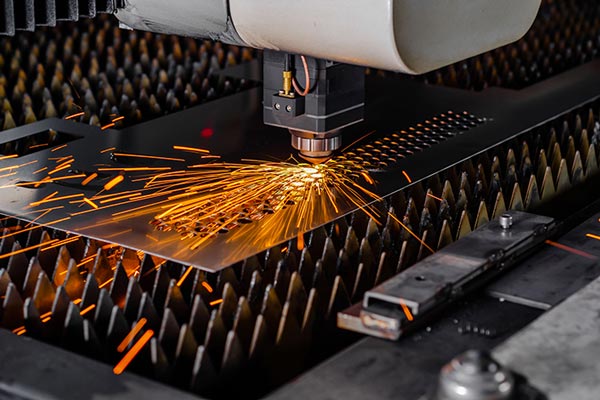Innovation reigns supreme in today’s fiercely competitive business landscape, where time is of the essence. Companies must be nimble, responsive, and constantly pushing the envelope to maintain their competitive edge. And that’s where agile product development comes into play. With its linear, sequential phases, the traditional waterfall approach is no longer agile enough to keep up with the rapid pace of change.
Instead, agile embraces an iterative process, allowing teams to adapt and respond quickly to evolving requirements and market demands. But what if there was a way to supercharge your agile workflow, taking it to the next level of efficiency and effectiveness? That’s where rapid prototyping technologies come in. By seamlessly integrating these cutting-edge tools and techniques into your agile process, you can hack the system and revolutionize how you develop products.
What is Rapid Prototyping?
Rapid prototyping technologies enable you to create physical models, mock-ups, and prototypes of your product quickly and cost-effectively. This allows you to visualize your ideas in 3D, test them out with users, and make informed decisions early in development. Instead of relying solely on abstract design specifications and documentation, you can bring your product to life much sooner, giving you a tangible representation that you can interact with and evaluate.
The benefits of integrating rapid prototyping into your agile workflow are numerous. First, it reduces the risk of costly mistakes by allowing you to uncover potential design flaws, usability issues, and other problems early on. This saves you time, money, and resources that would otherwise be spent on rework or redesign.
Second, rapid prototyping fosters a culture of collaboration and communication within your team. By physically representing the product, team members can better understand each other’s ideas and contribute more effectively to the development process. This improves teamwork, reduces misunderstandings, and a more cohesive end product.
Rapid Prototyping: Your Secret Weapon for Agile Success
Think of rapid prototyping as your personal innovation lab. It’s a process where you quickly create physical representations of your digital ideas. This allows you to test, iterate, and refine your product before committing to full-scale production, saving you time, resources, and potential headaches.
Why is Rapid Prototyping the Agile MVP?
Faster Feedback Loops: Gone are the days of waiting weeks for user feedback. Rapid prototyping lets you get real-world user insights in hours or days. This lets you identify and address issues early on, ensuring your product is truly user-centric.
- Embrace the Fail Fast, Learn Faster Mindset: Rapid prototypes are low-cost and low-risk compared to fully functional products. This allows you to experiment, fail fast, and learn from mistakes without breaking the bank or wasting valuable time.
- Unlocking Design Freedom: Traditional methods can be limiting, but rapid prototyping lets you explore diverse design possibilities. Imagine testing different functionalities, layouts, and even materials before finalizing your product, ensuring it’s optimized for user experience.
- Boosting Team Collaboration: Rapid prototyping fosters a collaborative environment where everyone, from designers to engineers, can visualize, test, and provide feedback on the product. This cross-functional collaboration leads to better decision-making and a stronger understanding of the final product.

Laser cutting
The Rapid Prototyping Toolkit:
There’s no one-size-fits-all approach, but here are some popular rapid prototyping technologies:
- 3D Printing: This versatile technology allows you to create complex objects from a digital file. It’s perfect for testing form and fit or quickly iterating on designs.
- Laser Cutting: This technique uses a laser to cut precise shapes from various materials. It’s ideal for creating prototypes with intricate details or testing different layouts.
- CNC Machining: This computer-controlled process removes material from a block to create a desired shape. It’s suitable for creating high-precision prototypes with a finished product-like feel.
The Future is Agile, and the Future is Rapid:
By integrating rapid prototyping technologies, you embrace the core principles of agile development: continuous improvement, collaboration, and responding to change. This future-proof approach allows you to develop products that users love, stay ahead of the competition, and unlock your full innovative potential. So, ditch the old ways, embrace the rapid revolution, and watch your product development process reach new heights!
